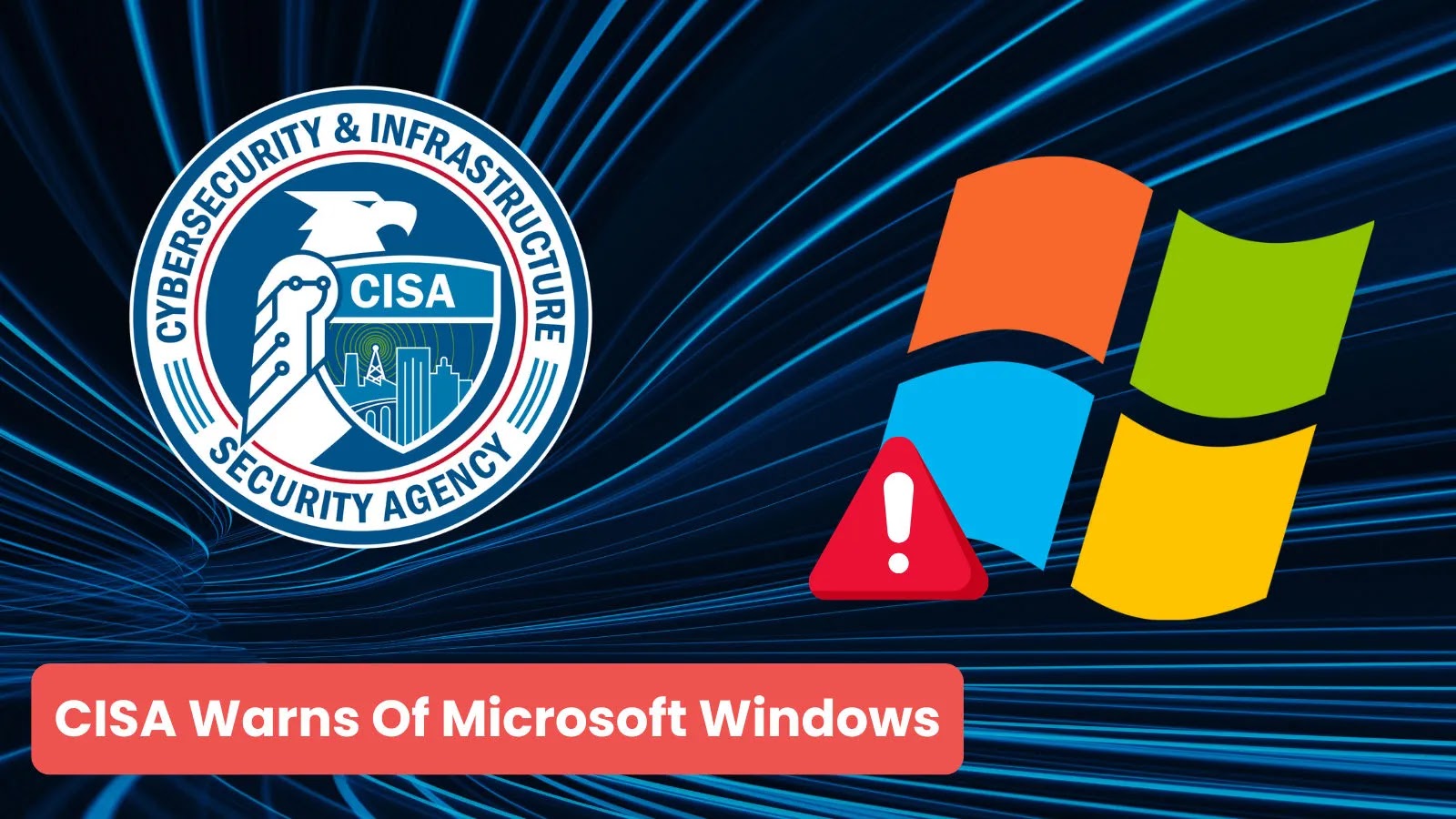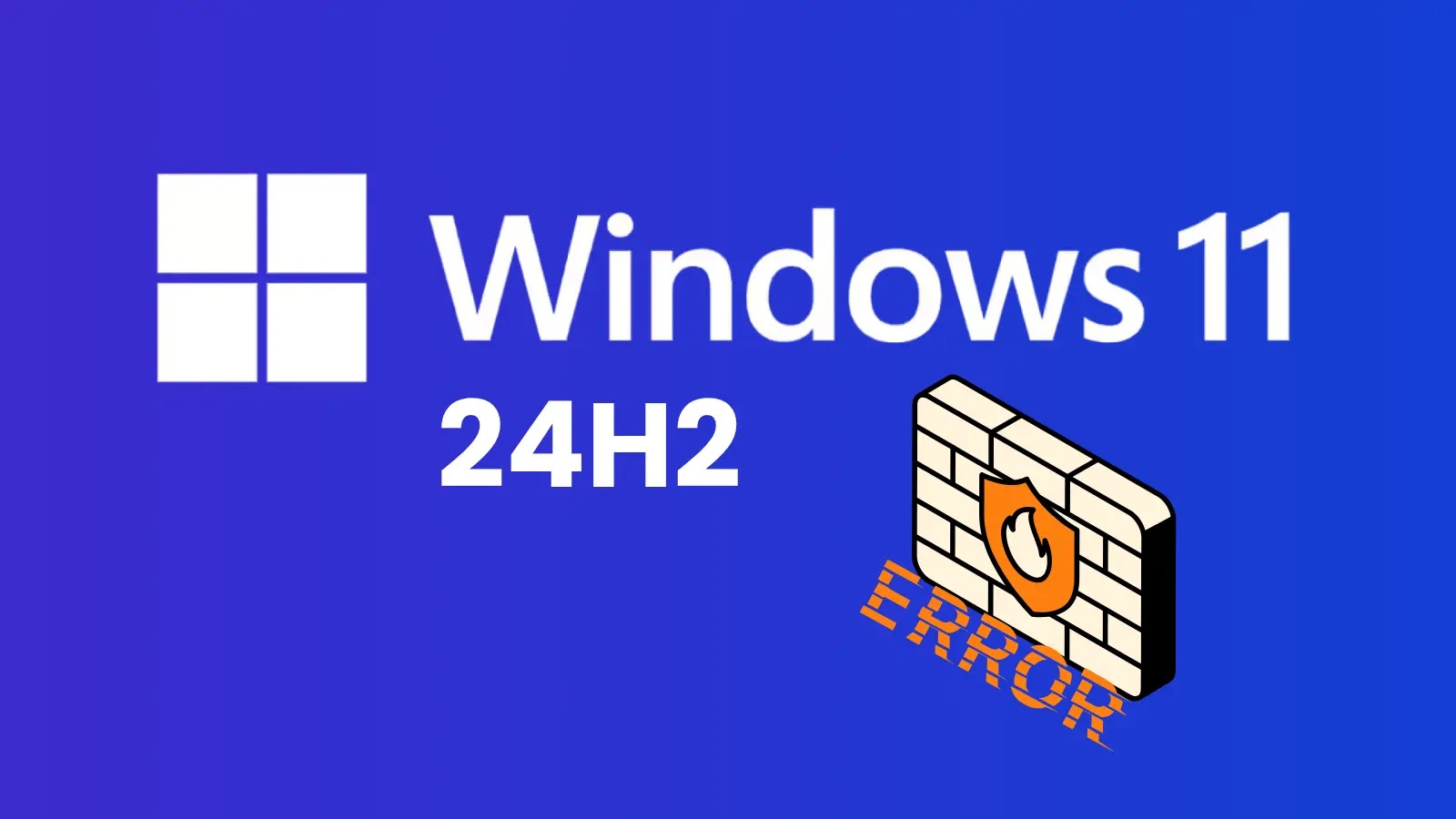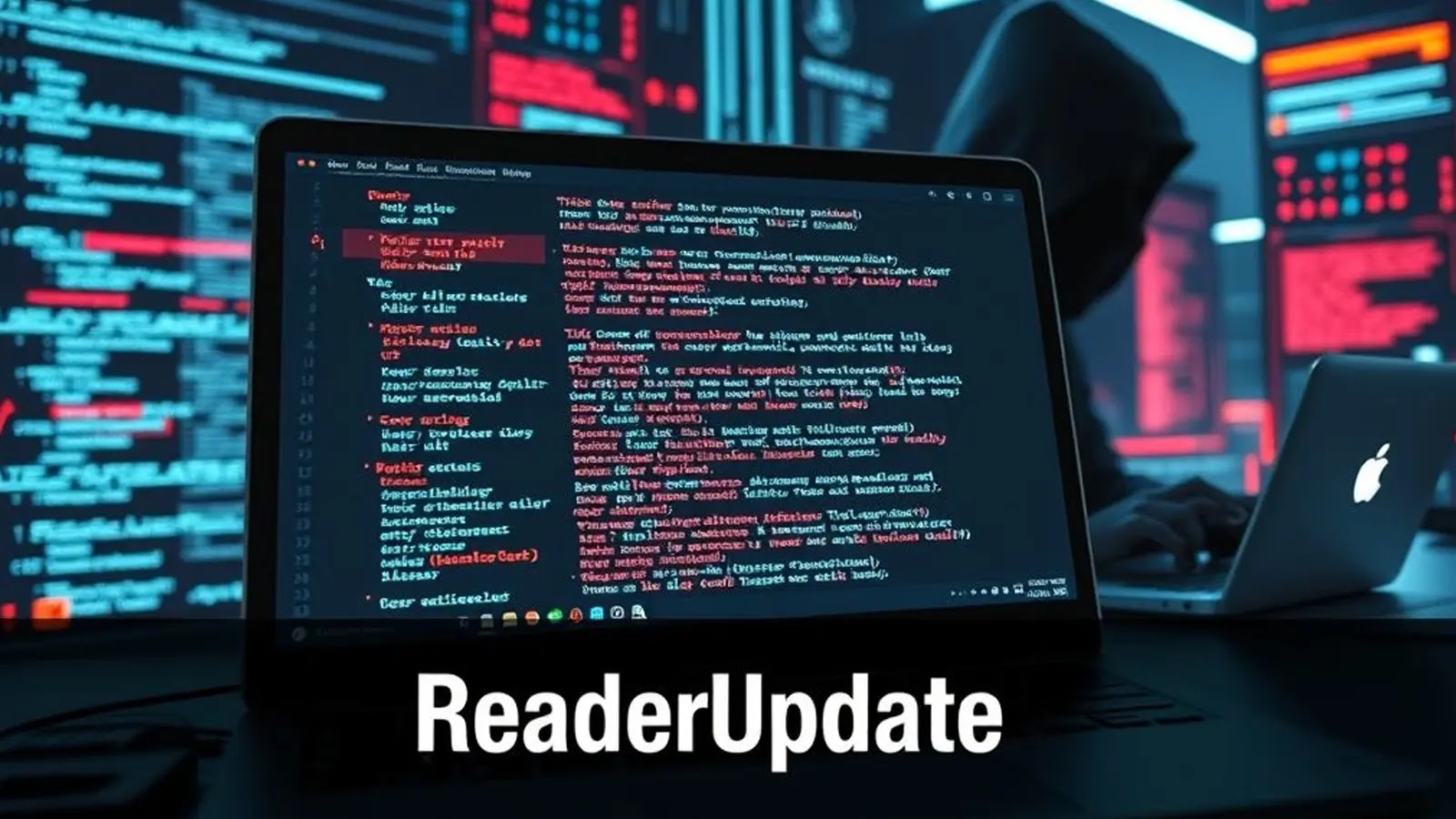The Cybersecurity and Infrastructure Security Agency (CISA) has recently added a critical Microsoft Windows vulnerability, identified as CVE-2025-59230, to its Known Exploited Vulnerabilities catalog. This move underscores the active exploitation of the flaw by malicious actors in real-world scenarios.
Understanding CVE-2025-59230
CVE-2025-59230 is a local privilege escalation vulnerability rooted in improper access control within the Windows Remote Access Connection Manager (RasMan) service. This flaw allows authenticated users to elevate their privileges, potentially compromising entire networks. Microsoft has confirmed that multiple versions of Windows, including Windows 10, 11, and various Server editions, are affected.
Technical Details
Classified under CWE-284 (Improper Access Control), this vulnerability does not necessitate advanced remote hacking techniques. Instead, it exploits weaknesses in the system’s handling of remote access connections. Once exploited, attackers can manipulate system files, install malware, or move laterally across the network. While there’s no confirmed evidence of its use in ransomware campaigns, its simplicity makes it an attractive target for cybercriminals seeking initial access.
CISA’s Directive
On October 15, 2025, CISA issued an alert emphasizing the urgency of addressing this vulnerability. Federal agencies are mandated to patch the flaw by November 5, 2025, in compliance with Binding Operational Directive 22-01. Failure to do so could result in compliance risks and potential security breaches.
Severity Assessment
The vulnerability has been assigned a CVSS v3.1 base score of 7.8, indicating a high severity level. This rating reflects the ease of local exploitation and the potential for complete system takeover. The RasMan service, responsible for managing VPN and dial-up connections, is the primary component affected. Microsoft has released patches as part of its October 2025 Patch Tuesday updates and urges immediate deployment.
Mitigation Strategies
To mitigate the risks associated with CVE-2025-59230, organizations should:
– Apply Security Updates: Promptly deploy Microsoft’s security patches to address the vulnerability.
– Disable Unnecessary Services: If Remote Access services are not in use, consider disabling them to reduce potential attack vectors.
– Implement Least-Privilege Access Controls: Ensure that users have only the necessary permissions required for their roles.
– Utilize Detection Tools: Employ tools like Microsoft Defender for Endpoint to monitor and detect exploitation attempts through behavioral analysis.
In scenarios where patching isn’t feasible, such as with air-gapped systems, CISA advises isolating affected machines or discontinuing the use of the vulnerable service altogether.
Conclusion
The active exploitation of CVE-2025-59230 highlights the critical importance of timely patching and vigilant security practices within Windows environments. Unpatched systems remain vulnerable, posing significant risks to organizational security.



